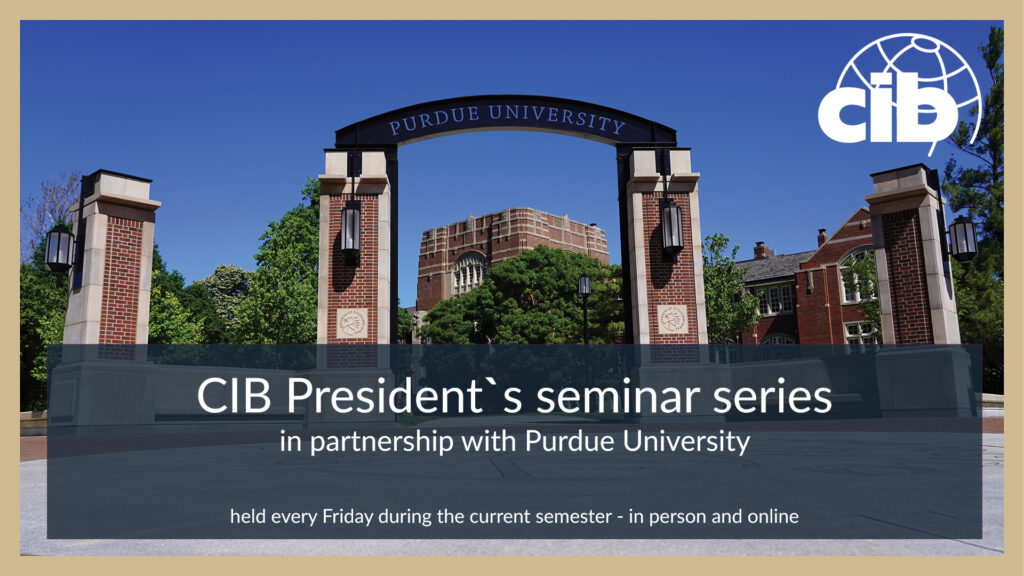Role of social infrastructure in improving community resilience and post-disaster well-being

This seminar in the series will feature Mohamadali Morshedi, a Ph.D. candidate at Lyles school of civil engineering, Purdue university.
Role of social Infrastructure in improving Community resilience and Post-disaster well-being
The COVID-19 pandemic proved that community resilience is not solely dependent on civil infrastructure. Several communities may never reach their pre-pandemic state due to socio-economic impacts, e.g., grief, anxiety, unemployment, etc. In this condition, social infrastructure (e.g., community-based institutions, NGOs, etc.) not only help alleviate post-disaster social distress in communities but also help address tangible needs (e.g., shelter, food, water, etc.). My research focuses on identifying the capacities and needs of the social infrastructure to achieve community resilience, taking community well-being as the recovery metric.
This presentation elaborates on the findings of a case study on post-disaster community well-being after Hurricane Harvey. In the case study, several data sources such as FEMA support programs, phone call, and survey data were used to quantify post-disaster community well-being benchmarked with pre-disaster well-being. Next, the role of social support in achieving higher community well-being was assessed using Bayesian Network Analysis. The Bayesian Model was then used to identify the required capacities for mobilizing post-disaster support to achieve certain levels of community well-being under different hazard scenarios.
The research introduces a new approach to incorporating socio-economic factors in measuring community resilience. The modeling framework addresses the static nature of indicator-based community resilience models by applying phone call data as a timely and inexpensive means to monitoring post-disaster community well-being. Spatial-temporal analysis of community well-being helped identify the disproportionate impacts of Hurricane Harvey on vulnerable populations. The proposed model can be employed to propose capacity buildings strategies to incentivize post-disaster return after hurricanes, which can have huge financial and social benefits for societies.


